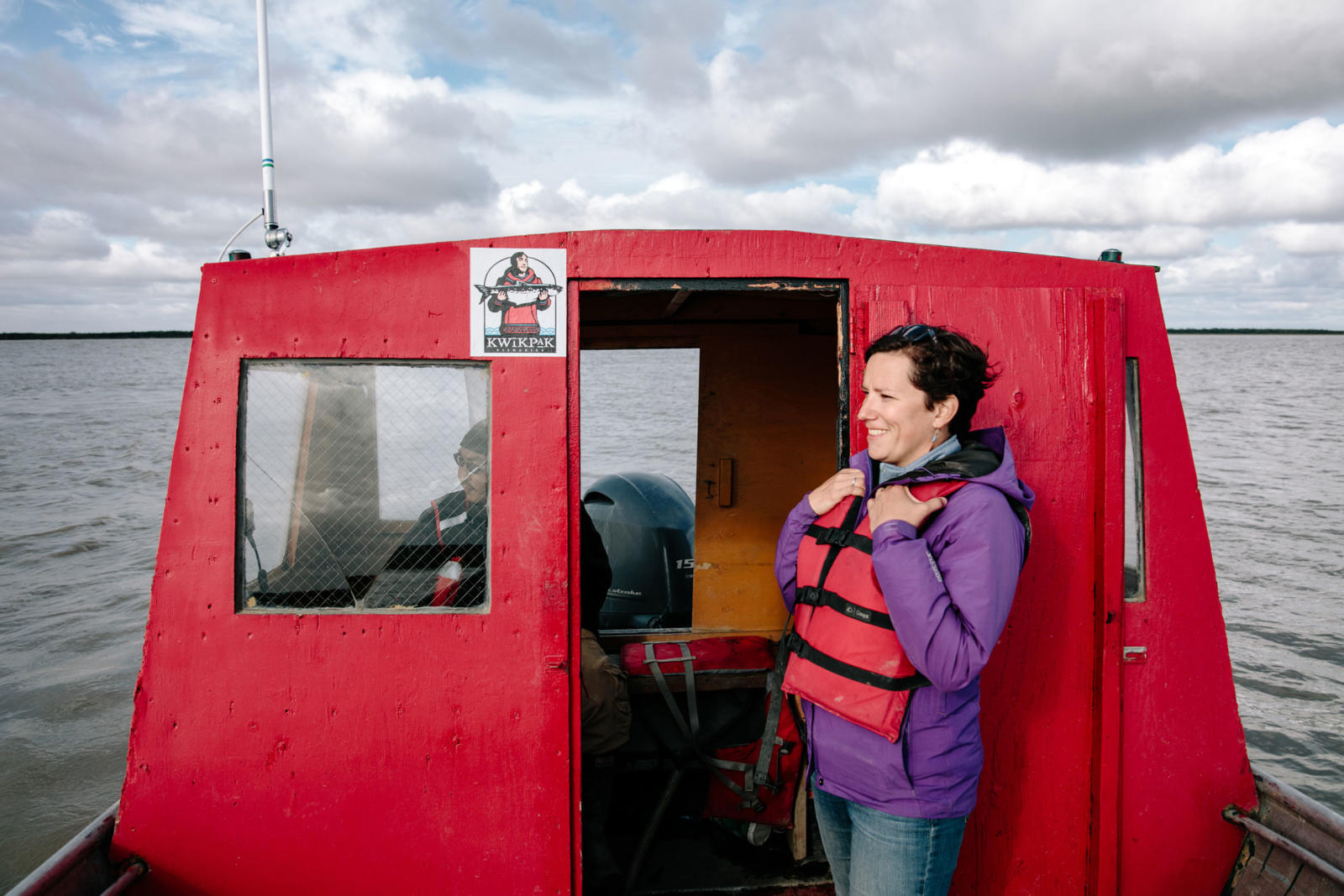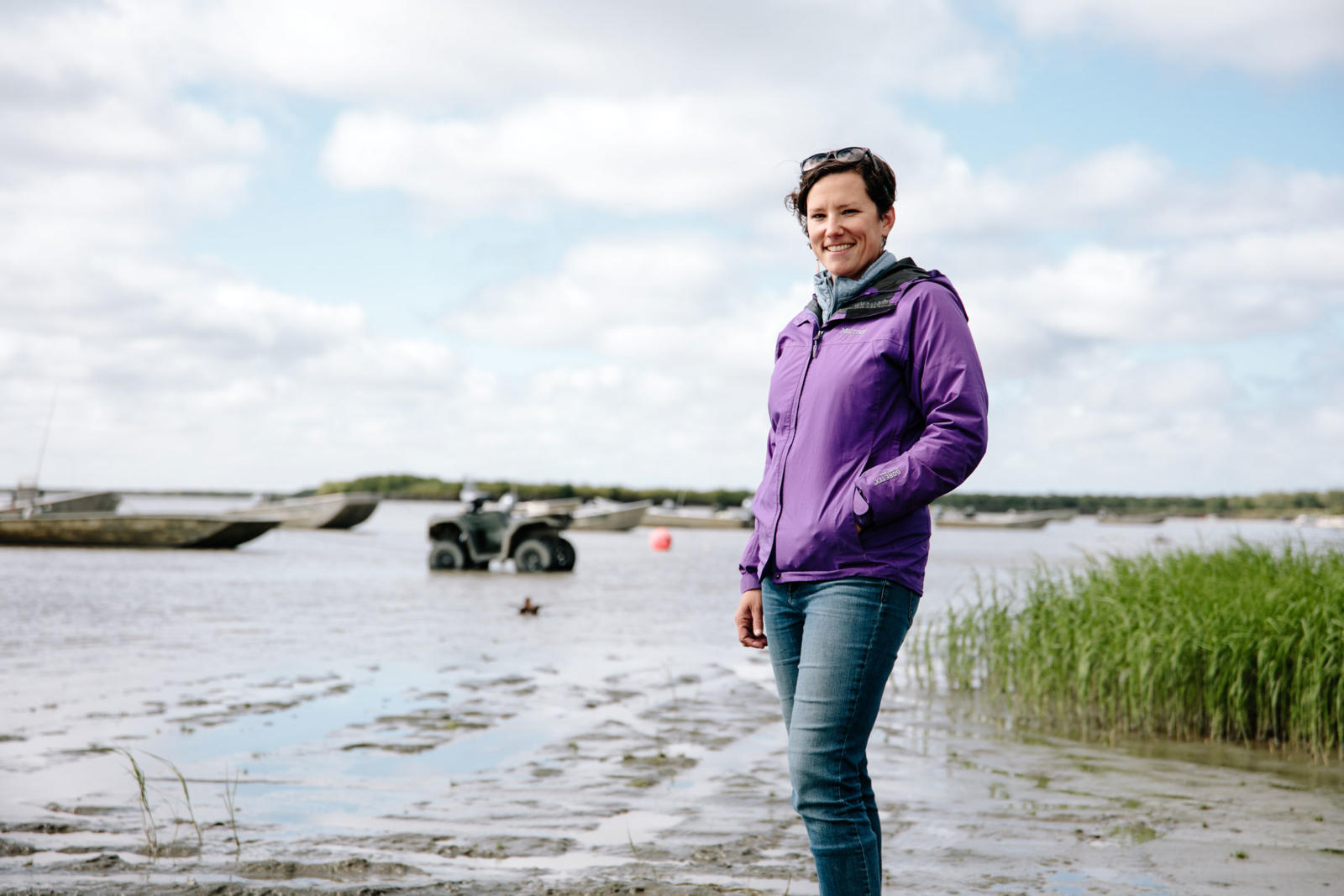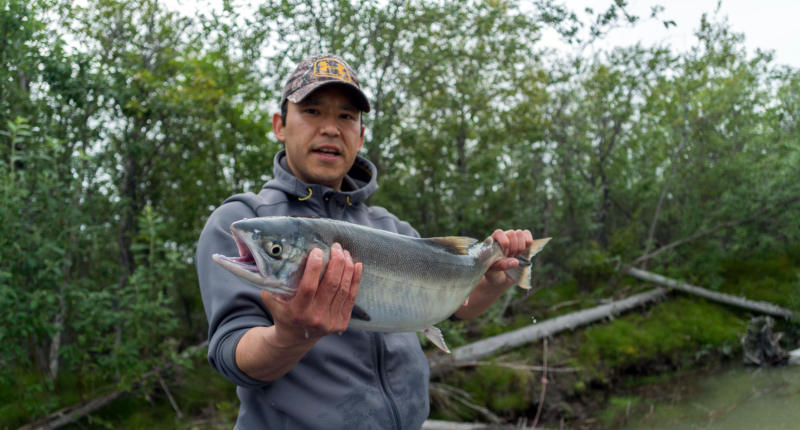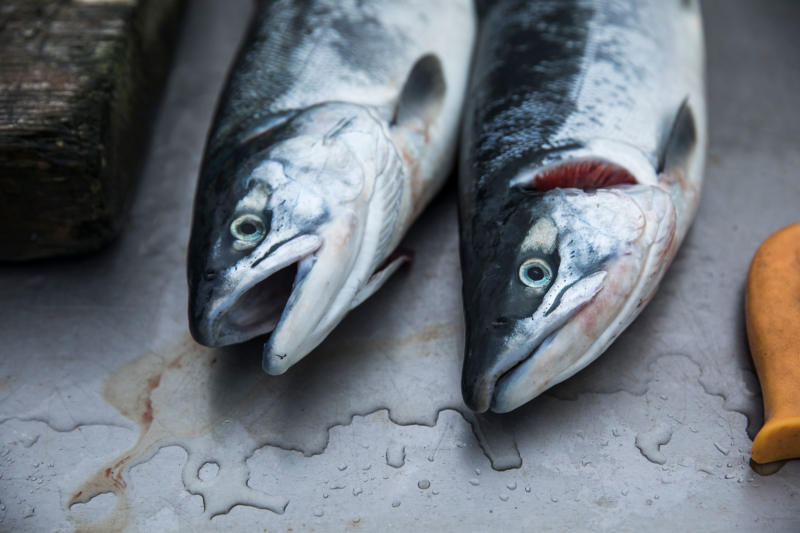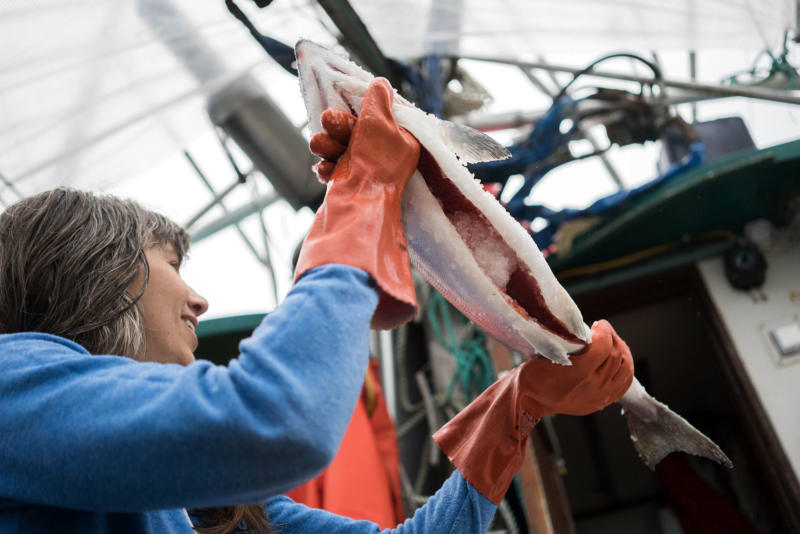Standing at the bow of the skiff, Stephanie Quinn-Davidson looks out over the glistening Yukon River, hands in her pockets and XTRATUFs on her feet. As the Director of the Yukon River Intertribal Fish Commission, Stephanie is no stranger to this nearly two-thousand-mile-long resource. She’s fished it, she’s flown over it, she’s eaten from it, and she spends her days fighting for it.
As the largest source of subsistence in Alaska, the Yukon is precious to many people and provides for over 50 Alaska Native tribes. Many of these tribal members, however, live without easy access to computers or email, so they rely on individuals like Stephanie to serve as their liaison and advocate.


